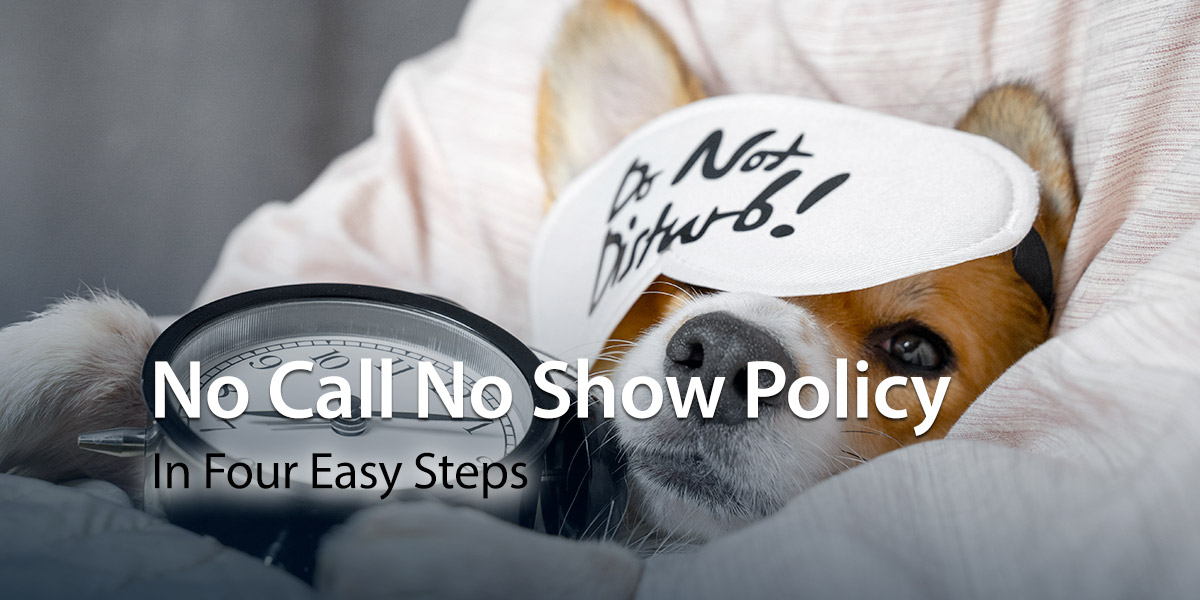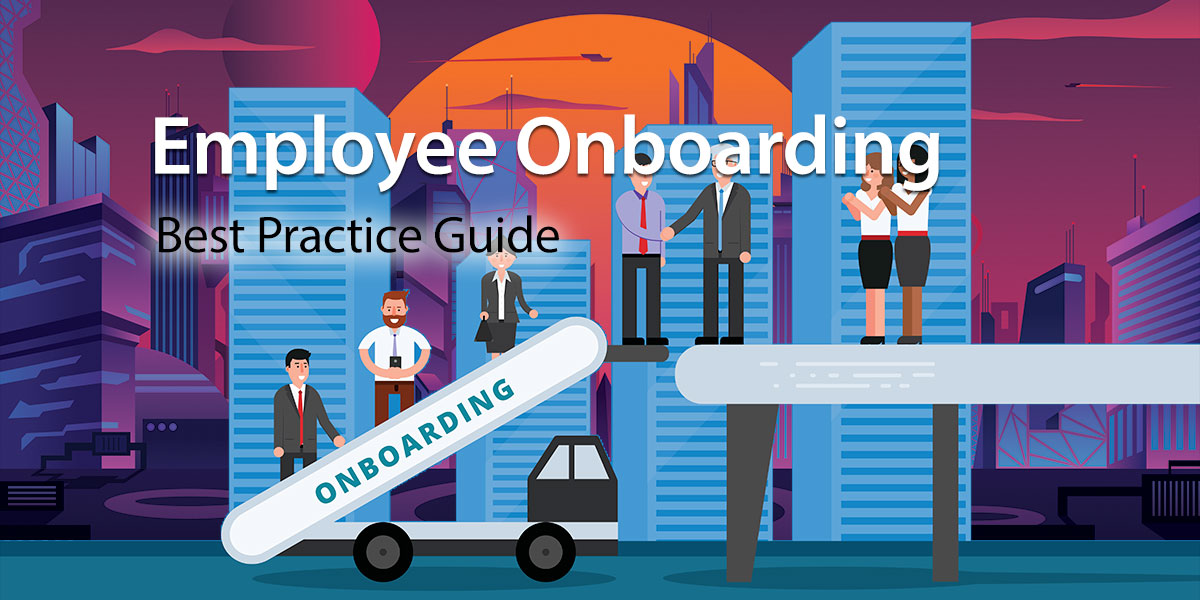Every manager knows how frustrating it is when your carefully crafted work schedule falls over because someone fails to show up. Life happens – you get that. Whether it’s an emergency or illness, sometimes employees can’t get to work. But when your staffer doesn’t let you know, that’s a different story. You are left in the dark and have to scramble to find cover. It impacts productivity and puts a strain on other team members. A no call no show policy can help prevent problems from occurring. It makes your expectations and the consequences for a no-show crystal clear. And it sets out the processes for handling missing-in-action situations.
This post pulls together all the information you need to create a no call no show procedure. Include it as part of your overall attendance policy to keep your business running smoothly.
What Is A No Call No Show?
Employees who don’t turn up for their shift and don’t let you know are called a no call, no show.
Sometimes things happen, and staff are unable to report for work. It could be a medical event, transport cancellation, bereavement, or domestic emergency. Usually, workers will contact you as soon as possible to let you know. This gives up a heads-up so you can decide quickly about what needs to happen.
Employees who are missing in action are different. You don’t know what’s going on or what arrangements you should make. No doubt, other team members will be angry and frustrated at being left high and dry without an explanation. Productivity and customer service are likely to take a hit. And you will also be concerned about the staffer’s welfare.
Why Do I Need A No Call No Show Policy?
Workers may think it’s OK to go missing in action if you don’t have a policy. And research estimates that unscheduled absences, on average, lead to a 36.6 percent drop in productivity. So, it’s not just the unnecessary headaches and hassle that go with no-shows. They also have a major impact on your bottom line.
While a no call no show policy won’t eliminate the problem, it clarifies the consequences to workers. And it also sets out for managers the steps they need to take. It reduces the stress involved in handling unexplained absences. And it helps supervisors to keep the show on the road.
Even small businesses with just a handful of staff should consider a no call no show policy. Clear expectations and guidelines make things easier for everyone – employers and employees.
Develop A No Call No Show Policy In Four Easy Steps
1. Set The Rules
The guidelines may vary from business to business. Decide what’s best for your company. For example, you could say workers need to let their manager know if they cannot make it to work at least 30 minutes beforehand.
Furthermore, you should determine acceptable ways employees can get in touch. It could be a phone call or text message to the supervisor. Consider also identifying unacceptable notifications. Sending an email or business IM is no good if outside standard hours when managers may not be logged in. Equally, texting or ringing a co-worker should be off-limits.
Next, identify the steps the manager will take when facing an unexplained absence. Your first concern should be to check on the worker’s welfare. Supervisors should try calling employees to see what the problem is. Perhaps they have just slept through the alarm, or maybe they have been in an accident. You need to know they are OK.
If after two or three unsuccessful tries, the manager may want to contact the employee’s emergency contacts to check on their wellbeing. If the worker has had some kind of emergency, family members should be able to fill you in.
And once you know what’s happening, you can offer support to the staffer. Or you can reprimand them if needs be. And you can arrange for other employees to cover the gap.
2. Identify The Consequences
The next step is to make clear the consequences for unexplained absences. The important thing here is to be fair and reasonable. Sometimes things happen. An employee involved in a car crash or dealing with a family member’s sudden death is unlikely to prioritize phoning work.
Most companies are unlikely to severely reprimand a worker for a one-off no show. However, if there’s a pattern or the worker is off for several days without contact, you may want to take disciplinary action. Options include verbal or written warnings, suspension, and ultimately termination.
Lots of businesses use the three strikes rule. Three consecutive days of unexcused absences or three separate incidents result in disciplinary action.
3. Have An Employment Lawyer Check Your Policy
Now you have a draft policy, it’s worthwhile getting an employment lawyer to check it over. Employment laws vary from state to state. A specialist lawyer will confirm you have all your legal bases covered.
Furthermore, some workers may have protected sick leave and might not have to tell you of their absence. The Americans with Disabilities Act or the Family Medical Leave Act allow workers to take sick days or time off for specific family and medical reasons. An employment lawyer will ensure your policy doesn’t mean these workers are unlawfully terminated.
4. Tell Your People About The Policy
Once you have a no call no show policy, be sure to let all your people know. However, sending out an email and updating the employee handbook isn’t enough.
Instead, talk to your staff and allow them to raise questions. That way, they will fully understand what’s involved. Make sure everyone knows the difference between excused and unexcused absences. And an extra best practice tip is to get workers written confirmation they have read and understood the policy. After all, you don’t want any misunderstandings to bite you on the backside when it comes to implementing the policy.
Be sure to highlight the new policy in your employee onboarding program. And keep it in an accessible place like the company intranet.
All that you need to do now is ensure your policy is applied consistently. You don’t want to be accused of bias, much less discrimination. So, your no call no show policy should be invoked for all, regardless of whether the worker is an otherwise star employee.
Best Practice Tips For Reducing No Call No Shows
A policy on its own won’t solve the problem. Here are some other steps you can take to tackle missing-in-actions.
- Ensure workers are kept updated on their shifts: One of the main reasons for a no-show is that staff are unaware of their shifts. Maybe there’s been a last-minute change the worker didn’t know about or a miscommunication. Make sure you communicate work schedules regularly. The intranet is the perfect platform for updating staff or use push notifications on team chat.
- Get staff to accept their shifts: Another way to address scheduling problems is to ensure employees confirm their shifts. Whether it’s an email or tracking software, confirmation from the employee does away with the ‘I didn’t know I was working today’ excuse.
- Set up an on-call list: On-call lists offer immediate relief for last-minute absences. Employees wanting extra shifts can put themselves forward to cover absences. Make sure your on-call list is optional. Not everyone is available at the last minute. However, a backup plan helps deal with the stress of no call no shows.
Quick Summary
A no call no show policy is good practice for businesses of all sizes. Even small companies with only a handful of workers benefit from robust rules.
You can create a policy in four simple steps:
- Set the rules
- Identify the consequences
- Get legal advice
- Publicize the policy to the workforce and apply it consistently
Sudden unexcused absences play havoc with productivity, morale, and customer service. Having a policy in place will help keep your business on track.
FAQs
Here we answer some common questions about no call no shows and how to deal with the problem.
How Many No Call No Shows Before Termination?
While letting a worker go after a day of missed work may be legal, doing so could affect your employer brand. Other workers may see your actions as being very harsh impacting team morale. A three-strikes rule works well for most businesses. It hits the right balance between fairness and ensuring the team gets the job done.
How Many No Call No Shows Does It Take To Get Fired?
Some businesses have zero tolerance for unexcused absences. Others are more flexible and give first-time offenders a verbal ticking off. There are no hard and fast rules. It’s up to you to decide what’s best for your business. The important thing is that your no show no policy makes the rules and the consequences clear. However, unexplained absences stretching over three days or more and serial offenders often end up getting fired.
What Happens If I Do A No Call, No Show?
You can expect some form of reprimand. It could be a verbal or written warning, suspension, or dismissal. Your company’s policy will clarify what disciplinary actions kick in and when.
You may be expected to provide evidence if you have a legitimate emergency. Acceptable proof includes a doctor’s note or a police report.
Will One No Call, No Show Get You Fired?
Maybe. Some employers take a dim view of unexplained absences and fire an employee after a single incident. Most companies take a staged approach with penalties increasing for each day missing in action. However, you will likely get fired if you are absent for more than three days without contacting your employer. Check your employer’s attendance policy for all you need to know.
What Do I Do When An Employee Is A No Call, No Show?
If your company has a no call, no show policy, then follow the steps outlined, including any disciplinary action.
And if there isn’t a policy, try calling the worker to find out what’s happening. Maybe their car has broken down, or they have just overslept. Perhaps the employee is absent due to a medical or household emergency. Maybe they are in jail. The priority is to find out what’s happening. You can then provide support if needs be, or you can reprimand them.
The next priority is to ensure there’s cover for the absent employee. This may involve reassigning tasks to other team members or getting off-duty personnel to come into work.
About MyHub
We are a leading provider of cloud-hosted intranet solutions. For over 20 years, we’ve helped organizations create beautiful intranets that connect employees to information, processes, and each other. Find out more with a free demo or 14-day no-obligation trial.










